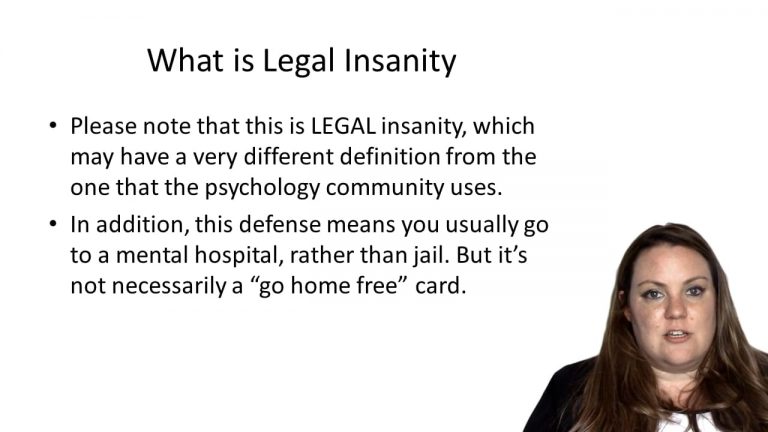SmartBrief
Confirm favorite deletion?
Criminal Law Keyed to Kennedy
Eric Michael Clark v. Arizona
Citation:
548 U.S. 735 (2006)Facts
On June 21, 2000, police responded to complaints that a truck was blaring loud music and circling a residential block. When the officer located the truck, the officer turned on the emergency lights and siren of his marked patrol car, which prompted the defendant the to pull over. An officer got out of the patrol car and the defendant shot and killed him.
The defendant was charged with first-degree murder. He asserted the insanity defense, arguing that his undisputed paranoid schizophrenia at the time of the incident proved that he did not have the intent to shoot a law enforcement officer or knowledge that he was doing so, as required by statue. The trial court stated that he could not rely on evidence bearing on insanity to dispute the mens rea. He was convicted. He appealed, arguing his due process rights were violated by excluding evidence of his mental illness to refute the mens rea element. The Court of Appeals affirmed.
Only StudyBuddy Pro offers the complete Case Brief Anatomy*
Access the most important case brief elements for optimal case understanding.
*Case Brief Anatomy includes: Brief Prologue, Complete Case Brief, Brief Epilogue
- The Brief Prologue provides necessary case brief introductory information and includes:
Topic:
Identifies the topic of law and where this case fits within your course outline.Parties:
Identifies the cast of characters involved in the case.Procedural Posture & History:
Shares the case history with how lower courts have ruled on the matter.Case Key Terms, Acts, Doctrines, etc.:
A case specific Legal Term Dictionary.Case Doctrines, Acts, Statutes, Amendments and Treatises:
Identifies and Defines Legal Authority used in this case.
- The Case Brief is the complete case summarized and authored in the traditional Law School I.R.A.C. format. The Pro case brief includes:
Brief Facts:
A Synopsis of the Facts of the case.Rule of Law:
Identifies the Legal Principle the Court used in deciding the case.Facts:
What are the factual circumstances that gave rise to the civil or criminal case? What is the relationship of the Parties that are involved in the case.Issue(s):
Lists the Questions of Law that are raised by the Facts of the case.Holding:
Shares the Court's answer to the legal questions raised in the issue.Concurring / Dissenting Opinions:
Includes valuable concurring or dissenting opinions and their key points.Reasoning and Analysis:
Identifies the chain of argument(s) which led the judges to rule as they did.
- The Brief Prologue closes the case brief with important forward-looking discussion and includes:
Policy:
Identifies the Policy if any that has been established by the case.Court Direction:
Shares where the Court went from here for this case.
Topic Resources
Topic Outline
Topic Refresher Course

 4m 59s
4m 59s